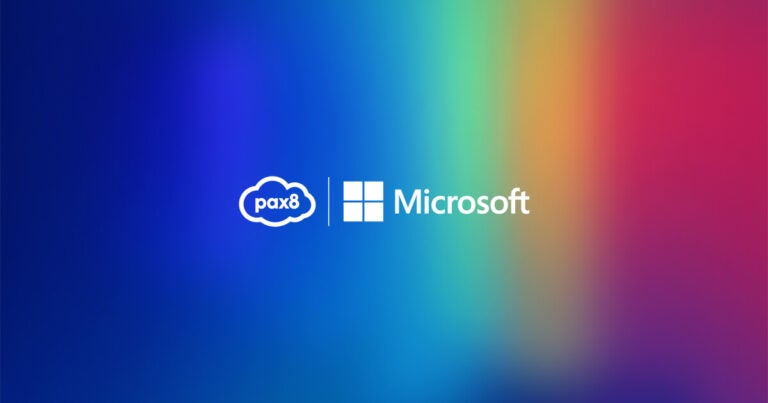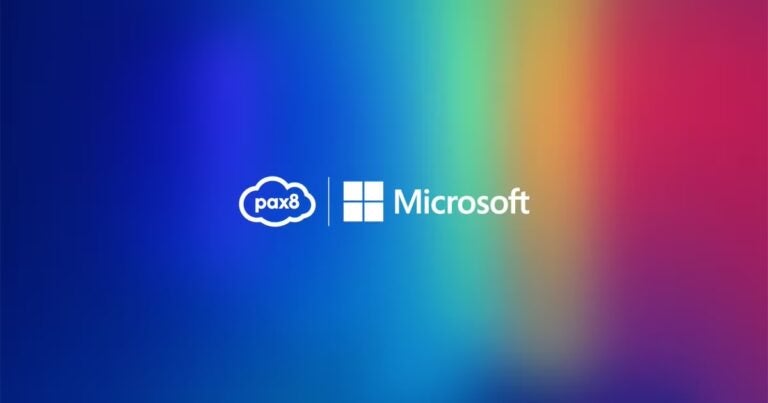Small and medium-sized businesses (SMBs) are facing a global IT talent shortage that is leaving many organizations without the professionals they need to achieve their technology goals. MSPs embracing automation throughout their processes and internal operations will be ready to fill the gaps and keep SMBs efficient and secure.
Digital transformation has become one of the fastest-growing business trends worldwide, promising improved infrastructure, operations, and services with migration to the cloud and its many possible uses. The downside to so much innovation so quickly is that many businesses have leapt headfirst into digital transformation projects without assessing how the technology will be managed or by whom within the team.
Talent and economic challenges threaten digital transformation
Cloud technology solutions are evolving and disrupting the market, and the number of possible integrations has continued to increase. The most up-to-date digital solutions are operating on significantly fewer resources than previously required.
At the same time, in-house IT teams are feeling swamped with expectations and overwhelmed by the increasingly high technical expertise they need to successfully implement the cloud technology every executive now seems to want. When cloud solutions are implemented too quickly, without the planning, testing, and risk assessment necessary for successful and scalable adoption, businesses open themselves to inefficient spending and potentially catastrophic security problems.
Ongoing talent acquisition issues are adding more stress to an already fraught position. One McKinsey & Company survey found that more than 44% of well-known organizations expect a significant talent gap in the next five years, predicting the global talent shortage to reach 85.2 million vacant positions by 2030.
As enterprises continue to ramp up adoption with or without IT staff in place, it is imperative that MSPs provide the necessary combination of tools and expertise to diminish the stress facing in-house IT teams and their own staff.
MSPs can be a valuable extension of enterprise IT teams or can serve as an entire virtual team, ensuring operations run smoothly while determining the most appropriate solutions for the business. This strategic planning clears the noise SMBs face and offers a scalable path toward only the products and protections that fit individual business needs. This approach also helps SMBs avoid the pitfalls of traditional outsourcing, as modern MSPs can offer a broader array of services than legacy break-fix service providers.
Providing ongoing IT services to clients gives MSPs the opportunity to add new revenue streams and attract more clients. With more businesses looking to outsource their tech support, service providers have newfound chances to deliver not just technology but also implementation expertise and enablement support.
However, this can also be a challenge for the unprepared, with many MSPs struggling to maintain profitability while proactively monitoring and resolving issues for clients. Further, MSPs are not immune to the talent issues enterprise teams face, nor are they living in a separate world without the looming fears of economic downturn. The same issues affecting SMBs are also impacting the MSPs they rely on to weather the various storms they encounter on the road to digital transformation.
MSPs need to focus on reducing complexity and risk for their customers and themselves
At Pax8, we recognize the myriad challenges MSPs face as they modernize into cloud service providers. Automation and simplification are core to maintaining efficient work processes and exponentially improving profitability. While the constant output of modern technologies has entailed a slew of new obstacles for MSPs, they can also be used to optimize and streamline an array of processes when managing client infrastructures.
Some of these solutions are not new to most MSPs; PSA tools, for example, are already widely used by many providers looking for automation across their business. But for MSPs in the market today, filling the gaps in the needs of SMBs while protecting their own businesses will require innovative ways of working with tools and technology to fully automate and simplify processes and outcomes for all involved.
Here are three areas where automation will lead to opportunity:
1. PSA integrations: the first step in the automation journey for successful MSPs
Professional services automation (PSA) tools provide the backbone of many service providers. A PSA integration acts as a comprehensive suite of tools that touch everything from ticket tracking and management to client data management and billing. Human error can always wreak havoc on the best-intentioned plans, and talent shortages threaten to increase the prevalence, and even severity, of common errors for MSPs and SMBs alike. PSA integrations help to alleviate human error by automating common tasks. Now, as providers look to take on more work and potentially not increase their own headcount, a PSA integration provides the automation necessary to keep business running efficiently. There are several types of integrations offered by many companies, and Pax8 integrates with the leading tools MSPs already use.
2. Provisioning: automating the technology everyone wants
The increasing demand for cloud technology means that most businesses MSPs will service will want multiple products across several vendors, for a varying amount of end-user seats that can be adjusted quickly as employees come and go. Service providers looking to take more clients, or even those who don’t take new clients but still work with businesses growing in headcount, need an all-in-one platform to work through provisioning for all users across different clients. This is also a key application of PSA tools to increase visibility and efficiency and simplify the complexity of the technology solutions at the heart of any MSP’s relationship with businesses.
3. Automated billing: saving time and reducing risk helps all parties
Another key business practice that suffers from slow, manual effort on a monthly basis is billing. For providers with multiple customers and even more end users, keeping accounts manageable and in balance can be a daunting, if not seemingly impossible, task. Providers might even avoid taking on new clients because of the time it takes to maintain the ones they already service. SMBs, meanwhile, need to see how much they spend and weigh that spend against the outcomes they gain from outsourcing to an MSP. Automating the invoice and payment processes not only saves the time spent on administrative tasks but also reduces the risk that providers will lose or otherwise mishandle a step in monthly billing of clients.
The time is now for MSPs and SMBs to level up their tech processes
MSPs have pivoted many times over, from the shift toward cloud to the increased demand for security solutions, and more. The current demand for cloud solutions across the SMB space provides yet another opportunity for MSPs to pivot and, ultimately, grow their revenue and credibility. While MSPs are not immune to the talent acquisition and economic issues affecting SMBs, providers can equip themselves with the tools necessary to support small businesses and simultaneously grow their own.





